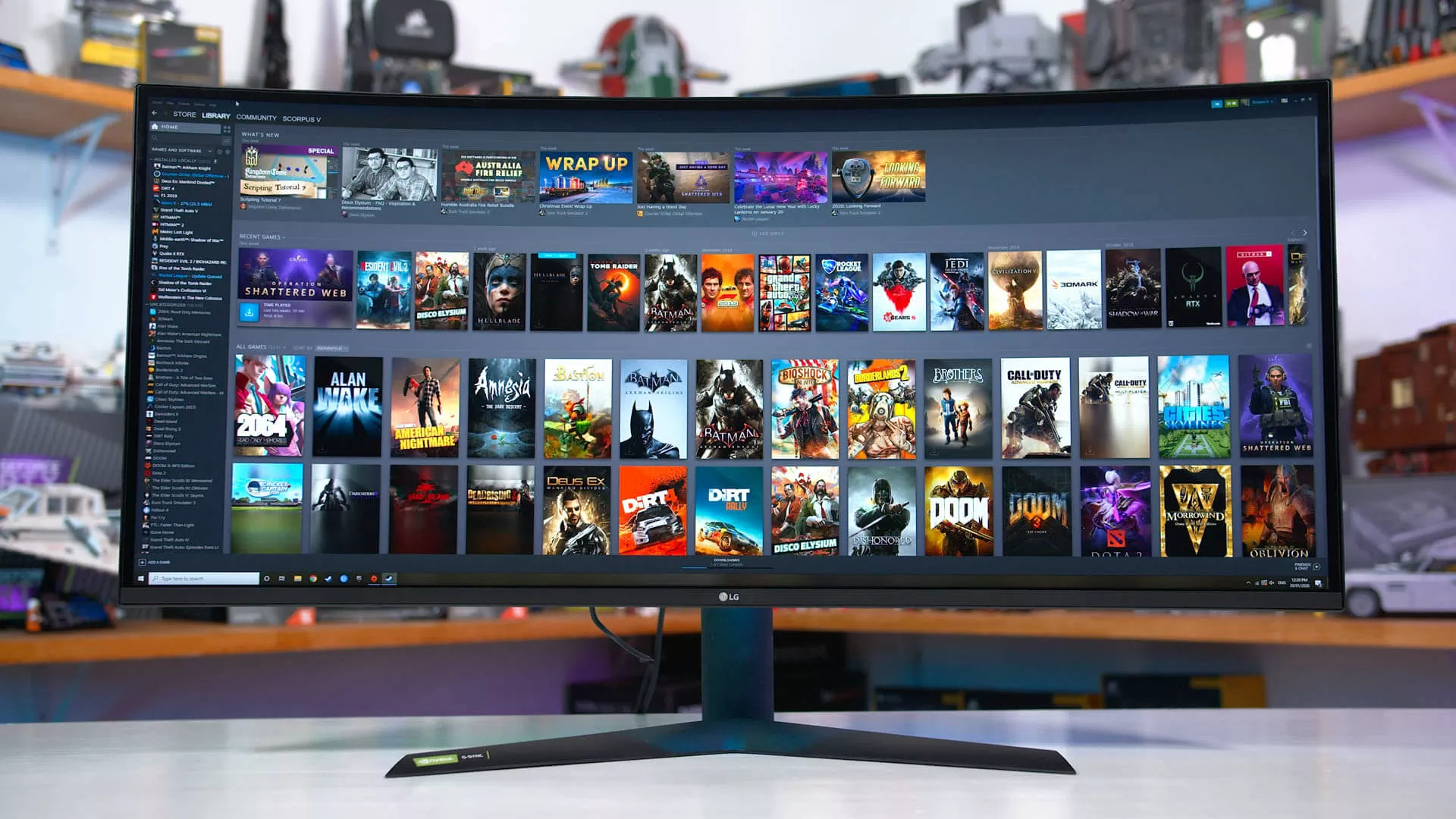TL;DR: We all know this season's big tech releases are almost impossible to find outside of eBay, but could monitors and other displays soon face similar problems? It's possible, and at the very least, we might see price hikes following an earthquake in Taiwan and a power outage in Japan that interrupted production.

As reported by Tom's Hardware, an earthquake that hit Taiwan last week impacted the production of leading LCD panel maker AU Optronics (AUO). Company chairman Paul Peng said (via DigiTimes) that it took "at least a few hours" to get the lines restarted, resulting in some output loss—though he never said how much.
TrendForce notes that foundries and memory makers in Taiwan acted quickly in pausing operations when the earthquake began, resuming work as soon as it was over. There has been no reported damage to their buildings or equipment.
I’m currently on the 17th floor of a building in Taipei - I really felt this earthquake, oof https://t.co/Z3smHYmaA1
— eileen chengyin chow (@chowleen) December 10, 2020
The earthquake compounded component supply problems in a display industry already suffering the effects of a power outage in Takatsuki, Japan. The five-hour incident on November 10 affected Nippon Electric Glass's (NEG) Shiga-Takatsuki plant, which manufactures glass substrates for flat-panel displays. The company says some equipment was damaged during the outage.
Tom's writes that NEG is responsible for around 10 percent of the world's glass substrate manufacturing capacity, and Peng believes it will take three to four months for NEG's operations to return to normal. One of its closest partners is LG, so we could see the South Korean firm's TVs, laptops, and monitors in short supply and their prices could rise.
There are already shortages of display components such as T-con boards and driver ICs, and with the additional production disruption, consumers could soon face the consequences. According to our price tracker, the excellent LG 38GL950G recently jumped back up to its highest price since launch, though it's unclear whether that's related to the supply issues.
https://www.techspot.com/news/88023-display-panel-shortages-could-lead-price-hikes-low.html
